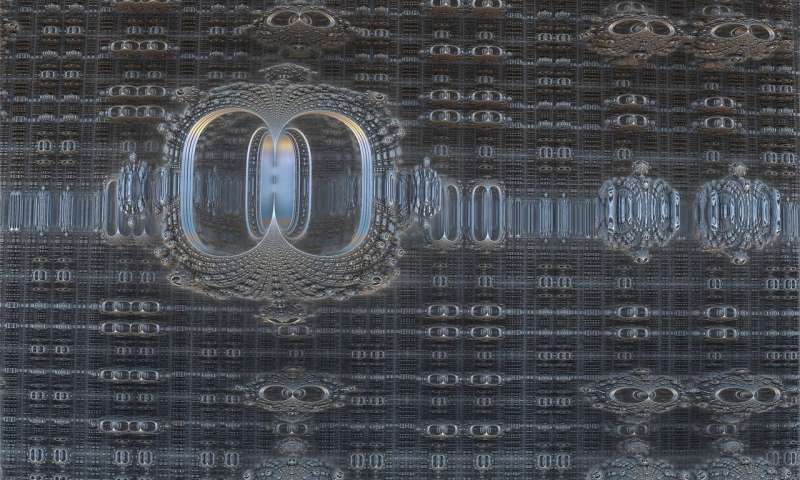
Researchers at the MESA+ research institute of the University of Twente, working together with colleagues in Delft and Eindhoven, have successfully developed nanowires allowing individual electrons to be captured by a ‘quantum dot’ on which superconductivity can take place. This means such nanowires could play a role in the development of quantum computers. The results were published today in the science journal Advanced Materials.
Quantum computers make use of the quantum properties of materials: properties that are only exhibited at a scale of a few dozen nanometres (a nanometre is a millionth of a millimetre). This means that a quantum computer needs a completely different set of building blocks than a standard computer. Researchers all over the world are working to create such building blocks, but it is still unclear which materials yield the best components.
Researchers at the University of Twente, working with colleagues at the Technical Universities of Delft and Eindhoven, have successfully developed a new and interesting building block. They managed to create nanowires made of germanium and silicon in which individual electrons could be captured (the experiment employed ‘holes,’ i.e., the absence of an electron) in a quantum dot through which superconductivity – a condition in which electricity moves through a medium with no resistance whatsoever – could occur. The combination of a quantum dot and superconductivity makes it possible to create Majorana fermions, exotic particles that are their own antiparticle and which are regarded as an important component in the quantum computers of the future.
This is not the first time that scientists have succeeded in creating nanowires with quantum dots on them in which superconductivity can occur. It is, however, the first time that this has been done using nanowires having a germanium core and a silicon shell. According to researcher Joost Ridderbos the principal advantage of this material, besides its quantum properties, is that it is extremely well defined; that is to say, it can be manufactured with great precision, with every single atom in the right place. Ridderbos: “I can’t say whether this is the material that will ultimately be used in quantum computers; I don’t have a crystal ball. What I can say is that this is an ideal material for doing fundamental research that is relevant to the development of quantum computers. It’s the perfect material for investigating the best route towards this computer.”
The researchers first produced a wire with a diameter of about 20 nanometres. They then fitted it with minuscule aluminium electrodes. At a temperature of 0.02 degrees Celsius above absolute zero (minus 273.15 degrees Celsius) they succeeded in passing superconducting electricity through this wire, and with the help of an external electric field they created a quantum dot containing exactly one electron hole.


